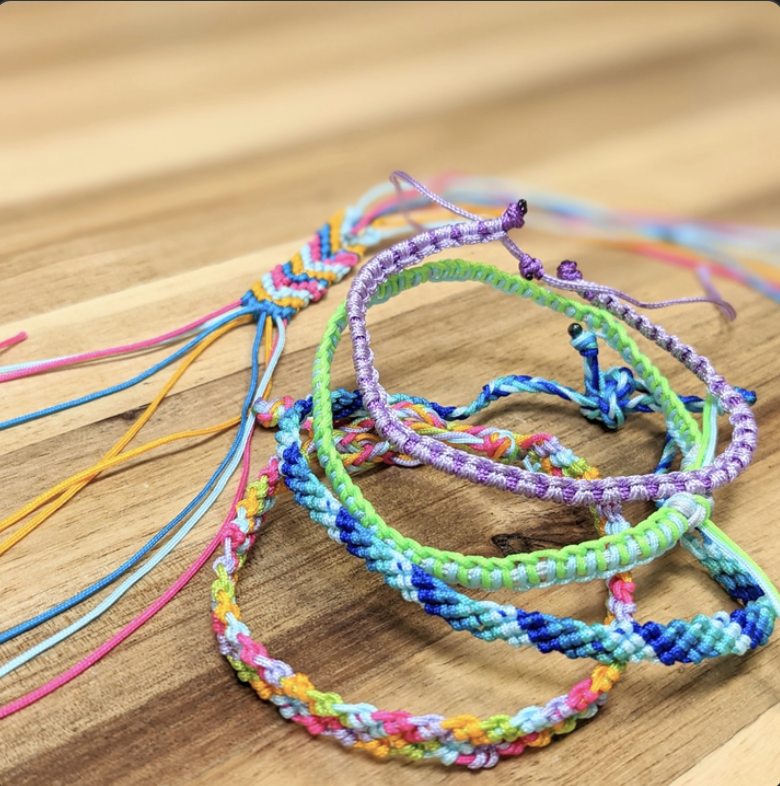
Main Content
The section I’m choosing to summarize in a single word is “The Seven Stages of Action.” The word I’m choosing is “goal.” This section describes how when we perform an action, there are two parts to it: executing the action and evaluating the results. When we have a goal, we first plan, specify, perform. Then we perceive, interpret, and compare the outcome with the goal. To best introduce new ideas or products, Norman mentions how it is important to not only think about people’s goals, but also what the root cause of that goal is. For example, he mentions that people don’t want to buy a quarter-inch drill, they want a quarter-inch hole. I thought this was interesting because I’ve never thought of a person’s goals/motivations behind actions that way. I chose the word “goal” because goals are the main reason why we perform actions. We try to successfully achieve our goals and move to the next ones. This concept is important for me to remember in my career because I want to try to open my own craft shop. When thinking of potential products, I can try to think about the goals of my customers. Customers wouldn’t just want to buy a bracelet, they want a way to express their love for a certain band, for example. Then, I would try to make bracelets that relate to pop culture and bands. Thinking of root causes can help me tailor my products to meet the needs of customers better.
Citation
Norman, Don. The Design of Everyday Things. Basic Books, 2013.